Help
Community21 has selected some case study communities and projects to share across the network to inspire and inform others. Should we be featuring yours? If so get in touch.
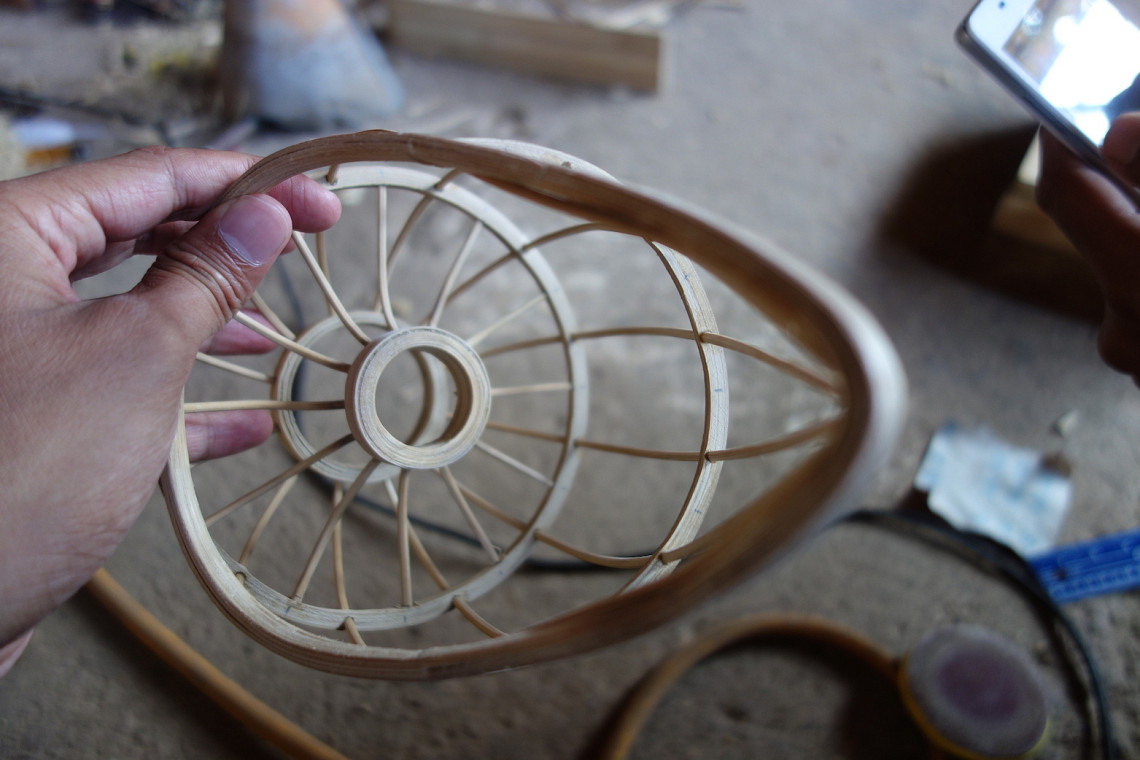
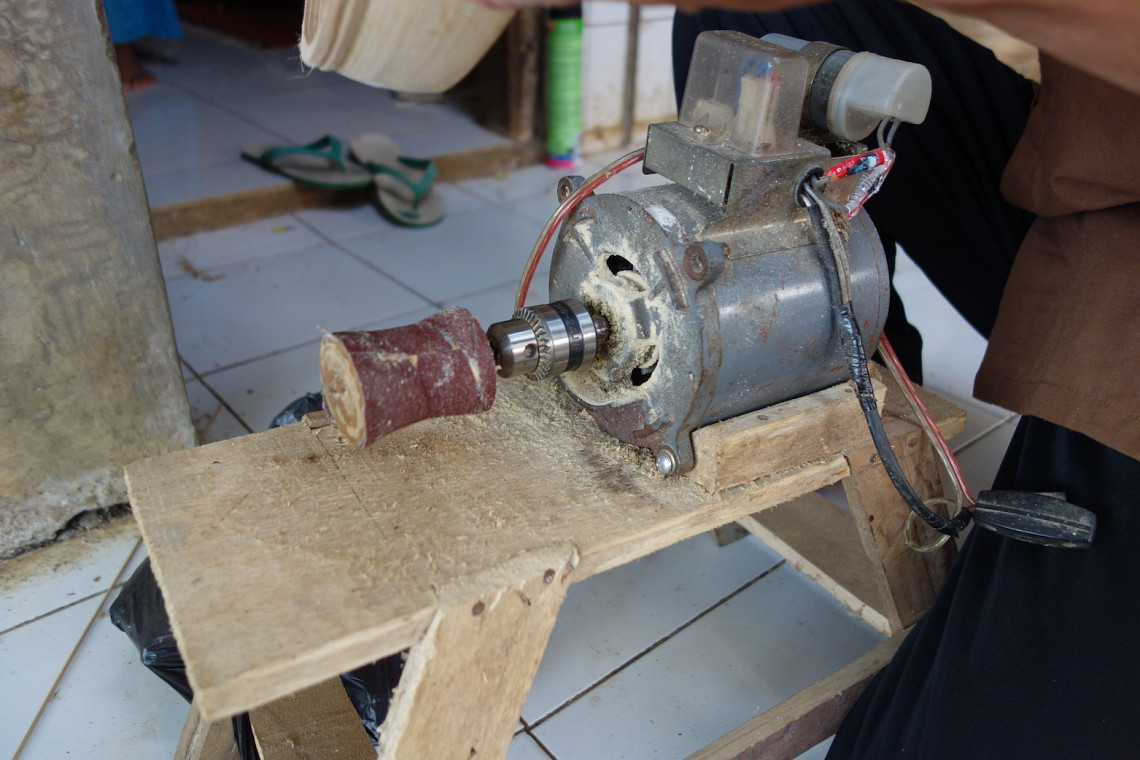
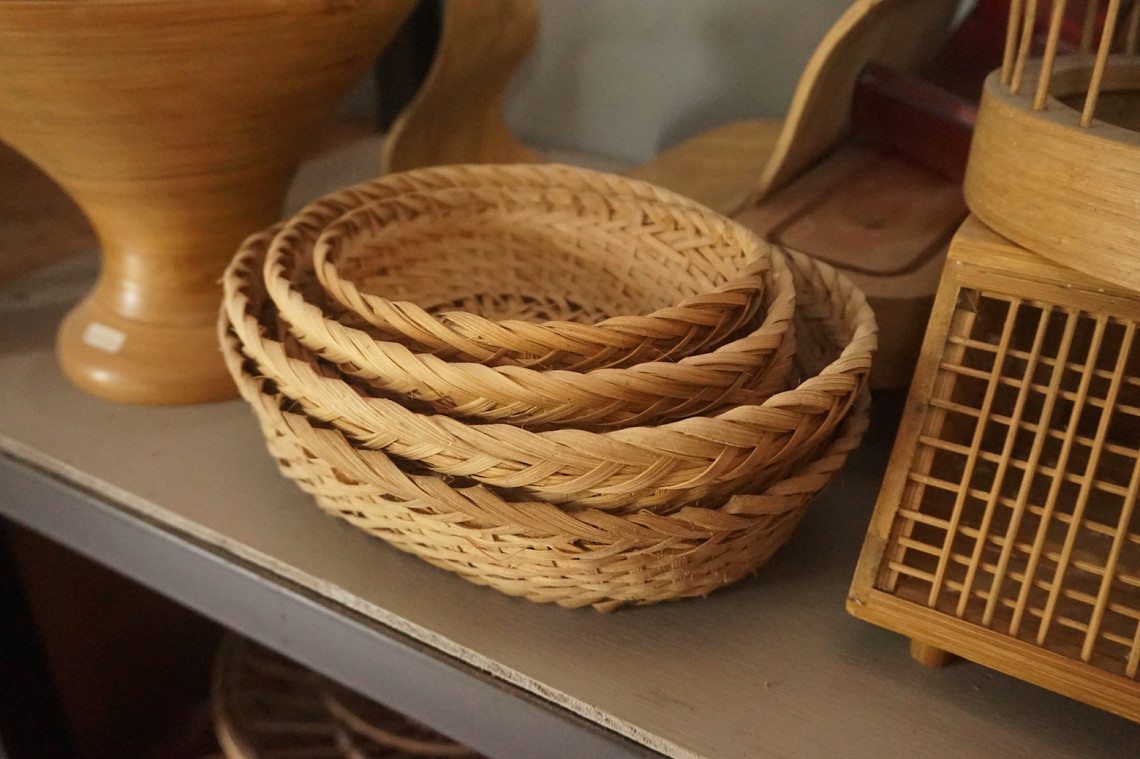


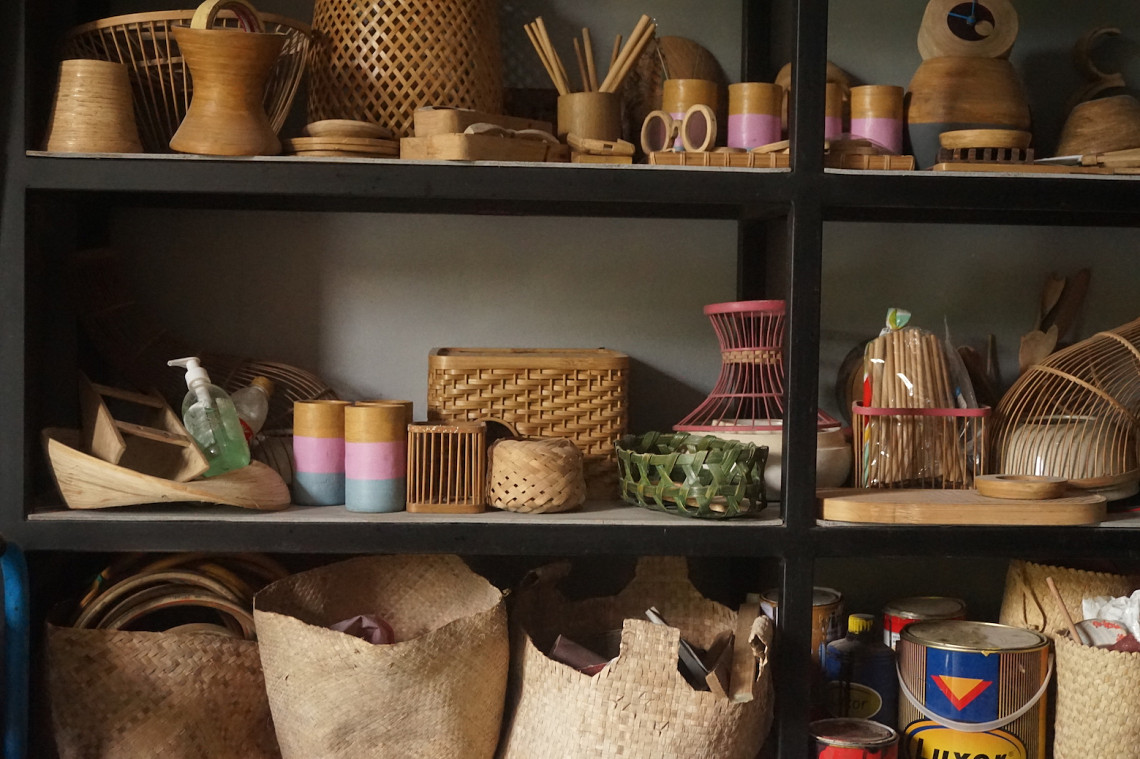

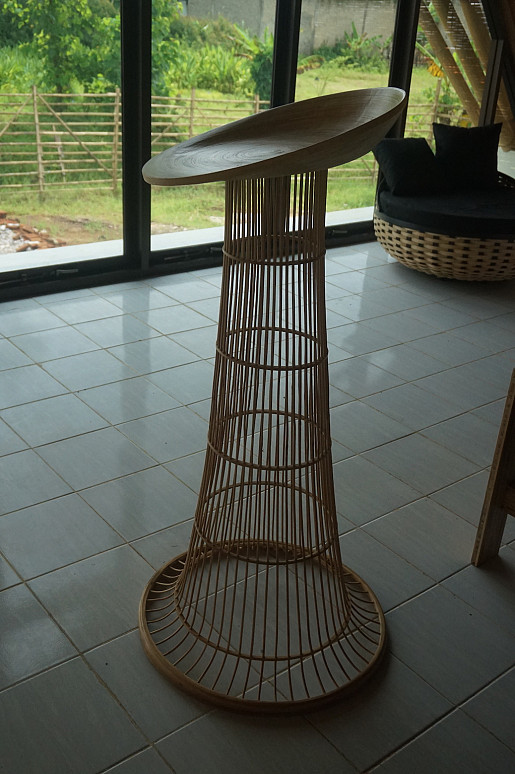
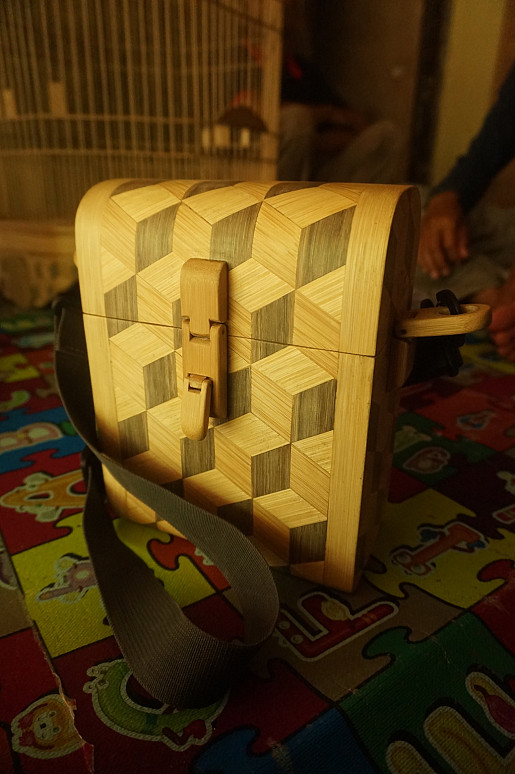
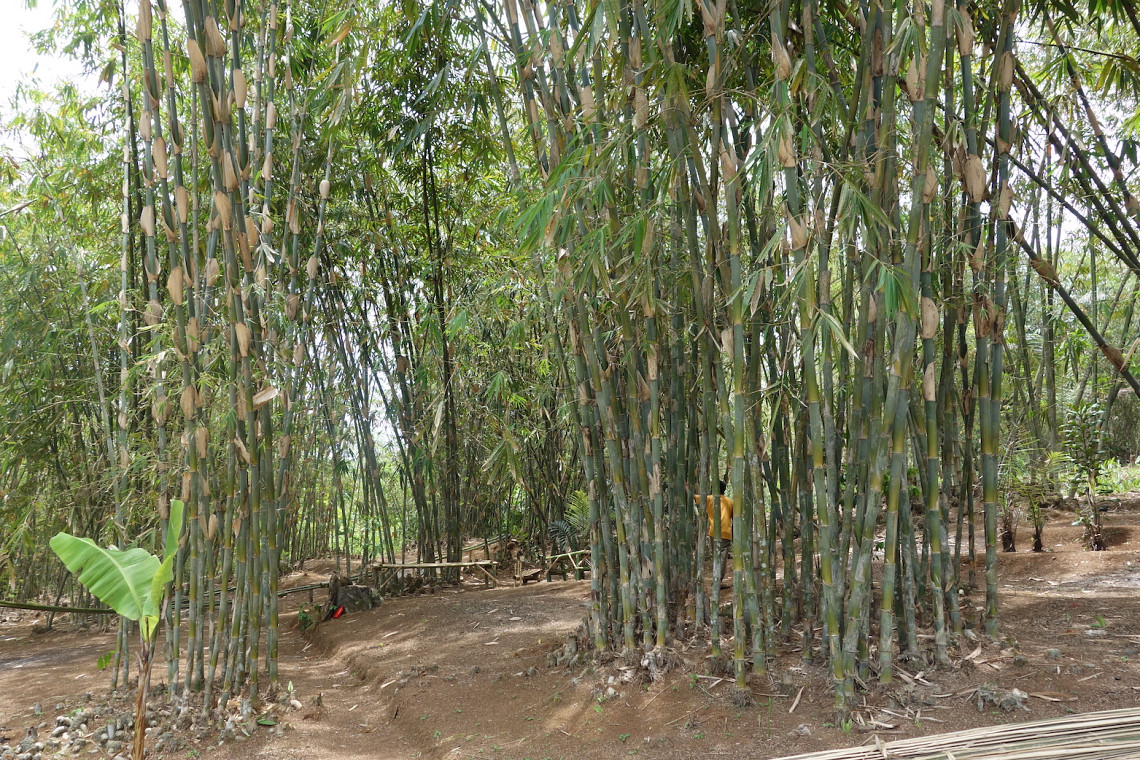
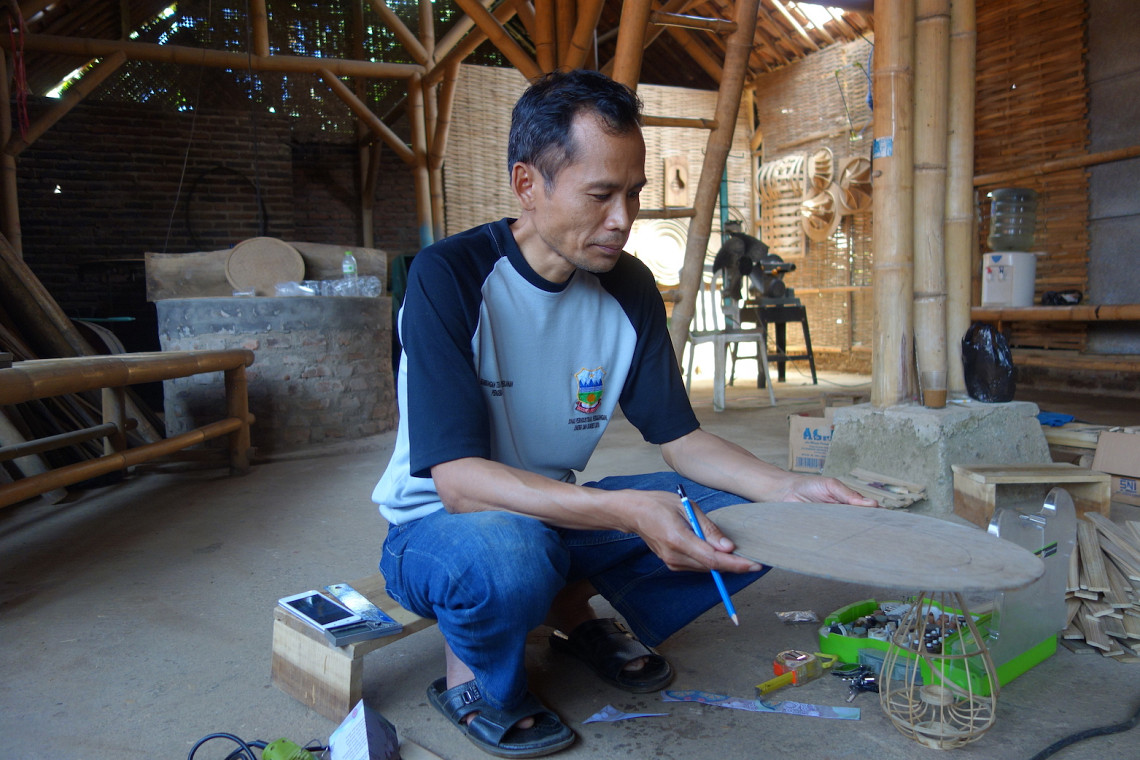
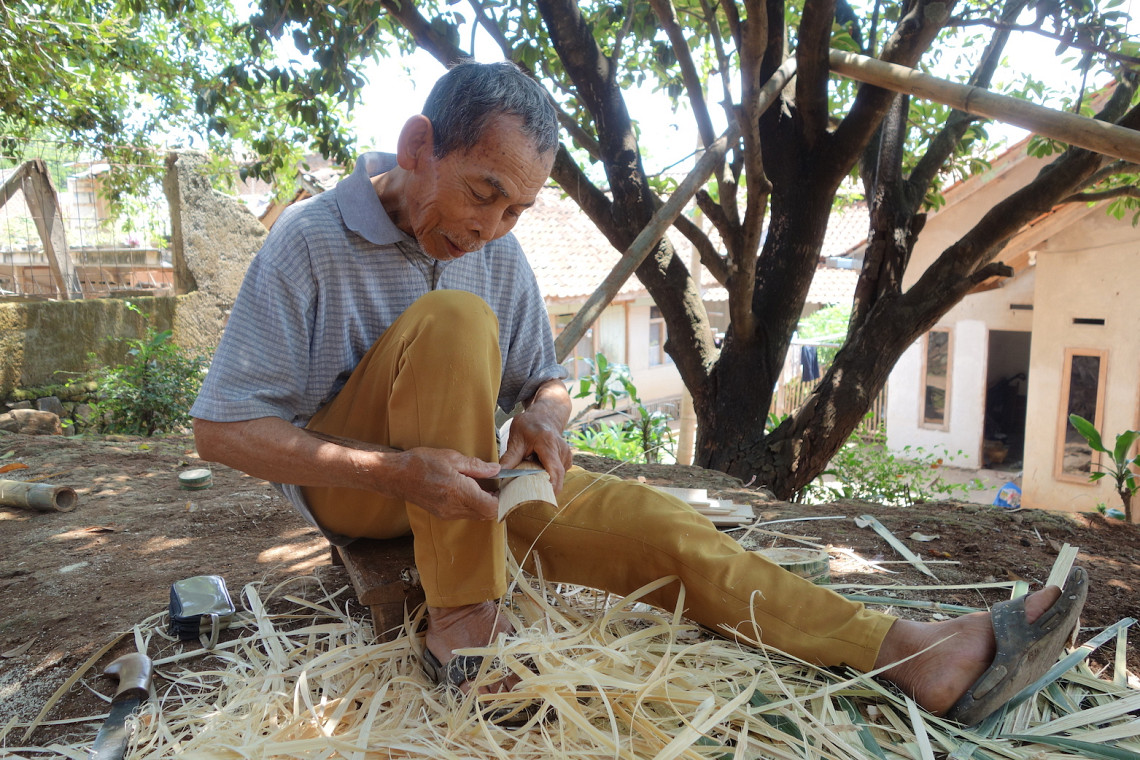
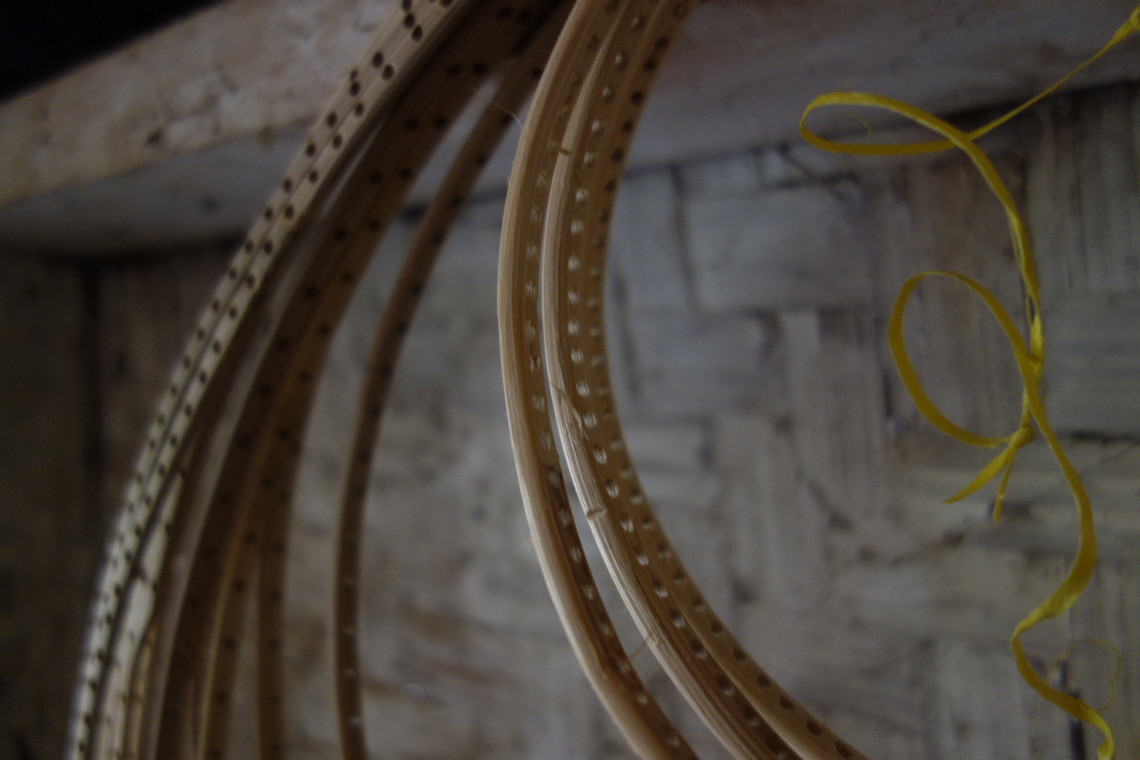
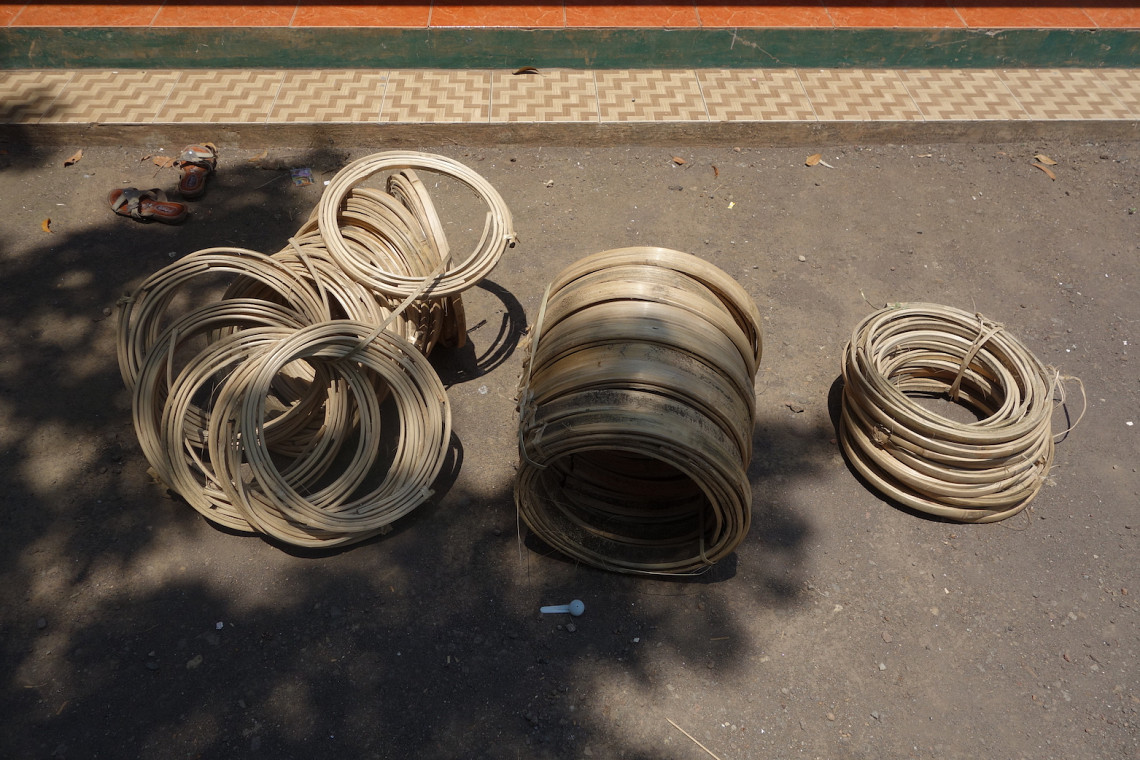
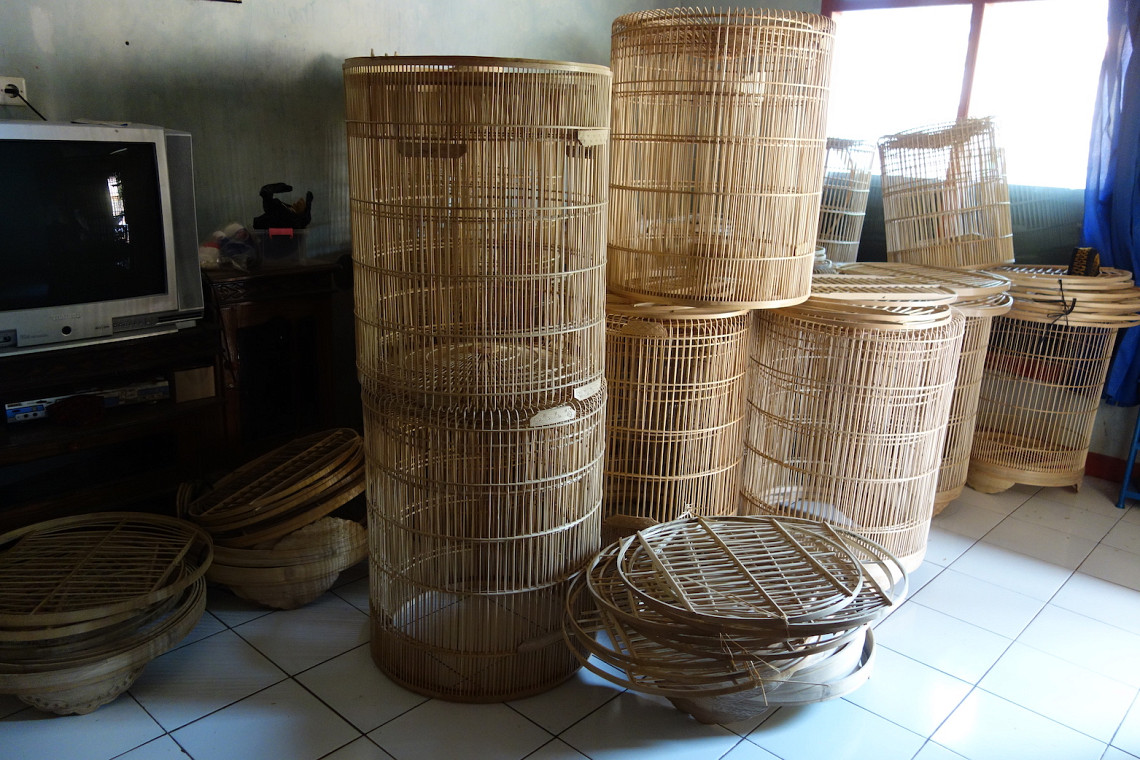
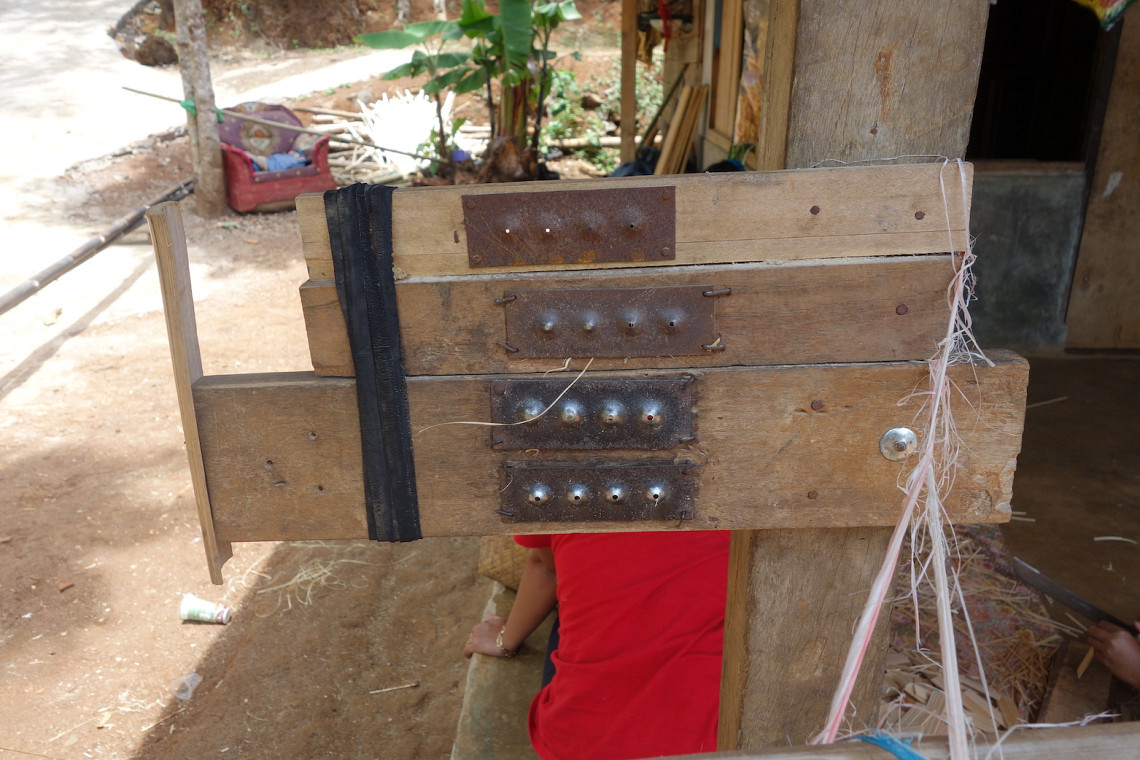
Name: Utang Mamad
Location: Selaawi District, Garut Regency
Specialist materials: Bamboo
Products: Bamboo Birdcage
Selaawi Village is a village located 37 kilometers from the capital city of Garut Regency. The majority of the residents of Selaawi Village are bamboo craftsmen, that is why this village has always been given the name 'Selaawi', which comes from Sundanese language; 'sela', which means 'in between' and 'awi', which means 'bamboo'. When the two words are combined, the meaning of 'Selaawi' is 'among the bamboos.' On the sidelines of farming or gardening activities, residents in this village will make handicrafts from bamboo. Pak Utang, one of the bamboo craftsmen in Selaawi, said that his parents, wife, and neighbors mostly make bamboo crafts. Pak Utang said that "the residents of Selaawi will not do it if they do not work with bamboo." Pak Utang is a bamboo craftsman famous for his bamboo cages and lampshades. After graduating from elementary school, Pak Utang was taught to make woven bamboo by his parents. Pak Utang continued to hone this ability until finally, his product was as famous as it is now and has been known by the wider community and even abroad. Up until now, Pak Utang still maintains the characteristics of bamboo products that have existed since ancient times. As the times progressed, Pak Utang felt that there had to be a change in the mindset of the craftsmen in order to produce bamboo products that are not only to be used in the kitchen but also available with broad functions and have more aesthetic value than before. Craftsmen get raw materials from suppliers who source directly from local farmers. The craftsmen will first select the bamboos based on their age such as old bamboos aged from one and a half years and above are ready to be felled. Old bamboos can be distinguished easily from young bamboos. Old bamboos have white spots on the stems, and this bamboo are best suited for making bird cages or lampshades. Meanwhile, the young bamboo has layers covering the stems, "if you see bamboo tree that looks like it has clothes on, it will not taken for making bird cage, but can be used for plaits or besek (rice container)," said Pak Utang. After the craftsmen receive the bamboo, the bamboo will be selected according to their needs. Pak Utang will not buy bamboos that have been cut out without being selected first because they are not sorted out by ages and might not be suitable for the product he will make. Pak Utang still believes in the old parents' principles that only particular times are suitable for cutting bamboo. "The old-fashioned principle has some time regulations in cutting bamboos. However, since we always try to finish on time, we often ignore it." The craftsmen often neglect the old principles in order to avoid tardiness. However, there was a way to deal with this: adding chemicals. In this case, Pak Utang will boil or soak the bamboo using borax so that the bamboo is durable and would not easily attract termites.